WooCommerce Order Status Manager
You are able to create, update, and remove custom order statuses with the help of the WooCommerce Order Status Manager. Additionally, you are able to effortlessly incorporate these order statuses into the WooCommerce order management flow. You also have the ability to update the fundamental order statuses and set off new order emails based on changes to the status.
Your orders list will make use of the custom order statuses that you define, and these statuses may even be included into the order actions or bulk actions for a process that is totally streamlined in terms of fulfilment.
Emails about new orders can also be used to notify customers when the order status has changed. You can always keep customers and/or shop admins informed of order updates and changes by using email triggers that are based on changes between core statuses and custom statuses.
Why Use WooCommerce Order Status Manager?
- Make up some new order statuses and decorate them with icons or call-to-action buttons.
- Explaining order status to consumers may be accomplished by displaying order status descriptions on the “View Order” page.
- You will need to edit the fundamental statuses of WooCommerce in order to provide a “next status” to new action buttons.
- Create a streamlined process for order fulfilment with the help of “Next Statuses,” and add order action buttons.
- Include bulk actions for the newly added order statuses in the list of orders.
- You may reorder the way orders statuses are shown in your admin by dragging and dropping them.
- In the “Orders” list, status badges will now be shown by icons rather than text NEW
- Shop reports should include orders that have been given special statuses.
- When consumers see their purchases, make sure the status of their orders is shown as “Paid” so that they may see download links, purchase notes, and other features.
- Customers will see “Pay” and “Cancel” options on your website if you set the order status to “needs payment.” NEW
- Include new order emails that can be triggered based on changes to the order’s status.
- Modify the content of new emails using the updated templates.
- Import pre-existing user-defined statuses from third-party plugins or custom code.
- Delete orders without risking deleting custom statuses while doing so.
Add New Order Statuses
You have the ability to create a new order status and choose a symbol to represent it when it is displayed in the orders list (which replaces the text badge for a status name). If this status will be utilised as the “next status” by another status in your order flow, you may additionally add action buttons to the order flow. You may also add subsequent statuses to specify which action buttons should be displayed for this status. You can do this by clicking the “Add Next Status” button.
Edit Core Statuses
One of the main WooCommerce order statuses may be changed to allow for the addition of “next statuses.” For instance, you could add a custom status as a next status for orders that are “processing,” which would cause the “processing” action button for any order to display your own status action button.
Since the custom statuses are entirely integrated into the orders process, order management is simplified, streamlined, and user-friendly as a result of this integration.
Add New Order Emails
It is possible to add new order emails depending on changes to the order status, including changes to the order status associated with custom order statuses. When you add these emails, you’ll have the option to update and activate them in your WooCommerce email lists. Alternatively, you may override the template in your theme to exert a higher degree of control over the information that is sent.
Display Status Information to Customers
When customers aren’t aware of what’s happening with their orders, order management might be a source of frustration for them. Customers aren’t given any more information when they see a status that says “Manufactured” or “Assembling,” even though these statuses are designed to aid with the fulfilment process.
Customers will now be able to see a description of the order status when they mouse over the status, and this description may be specified for any state, including the core statuses!
Complete Order Status Management
Now, rather than adding one-off statuses that don’t interface with the rest of your emails, statuses, or fulfilment process, you can entirely embed custom statuses into your order management scheme. This is an improvement over the previous method of adding one-off statuses. Make use of bespoke iconography, call-to-action buttons, and brand new email templates to personalise customer orders to your shop and automate the process of order management.

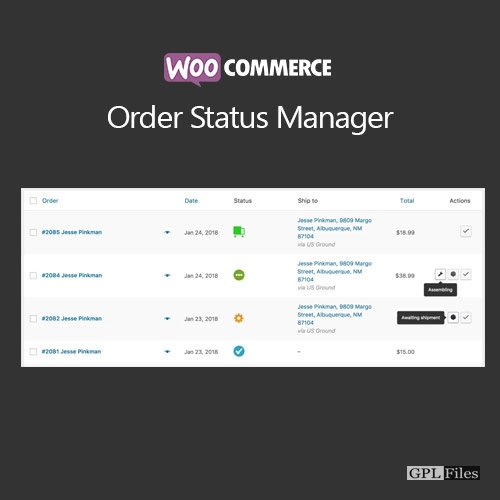
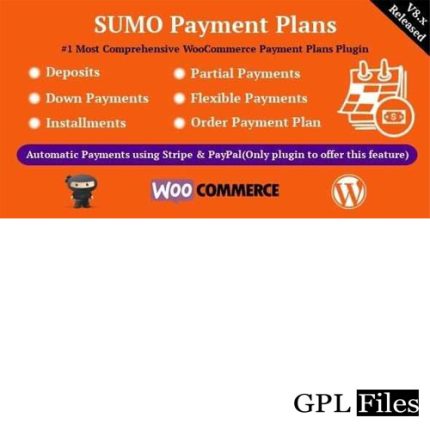
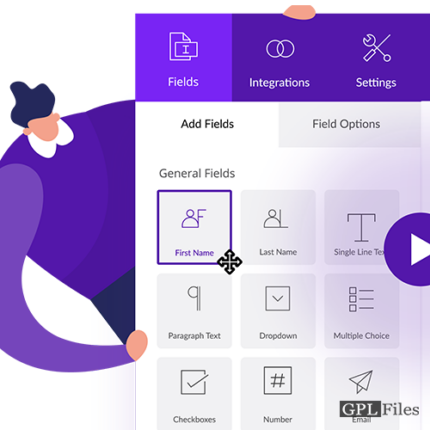
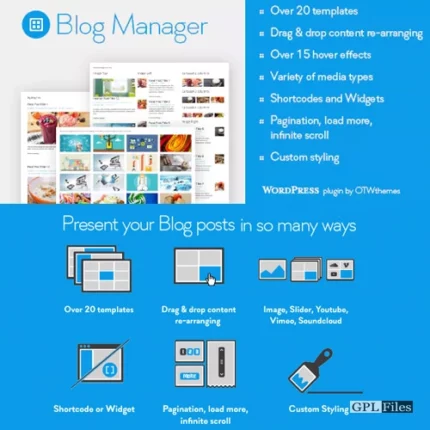
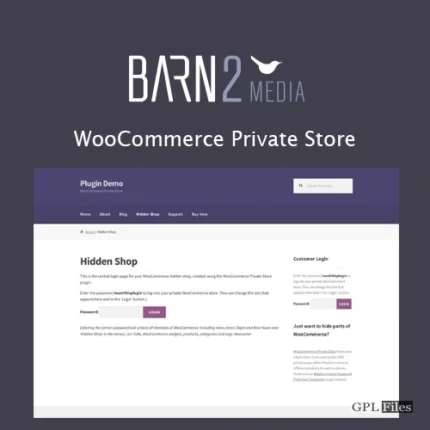
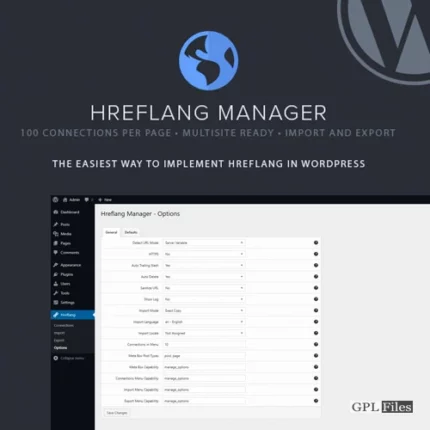
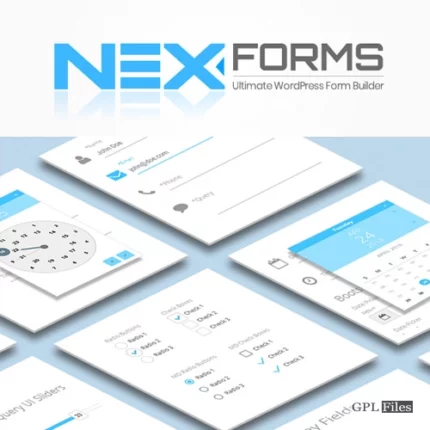

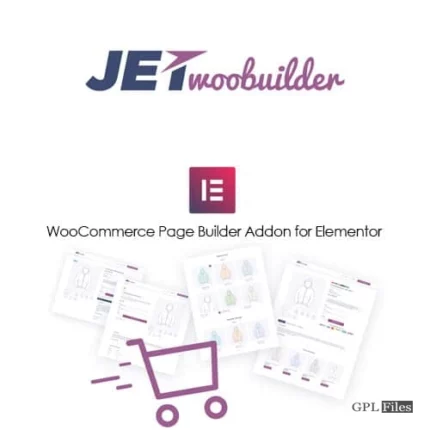
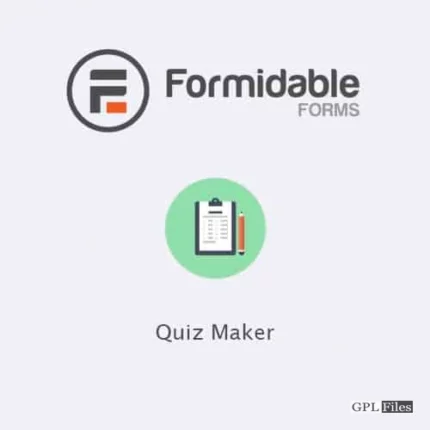

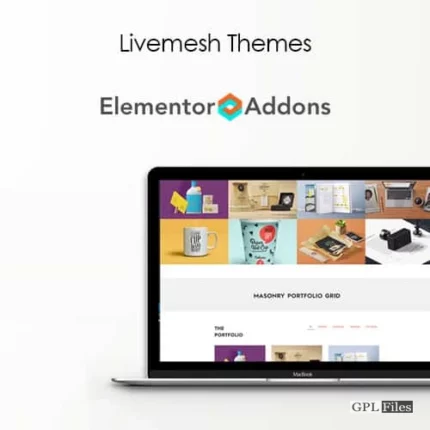
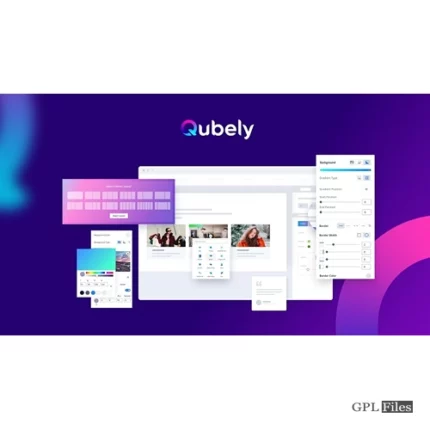
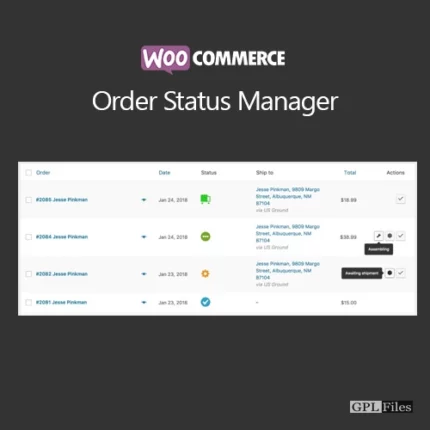
Reviews
There are no reviews yet.